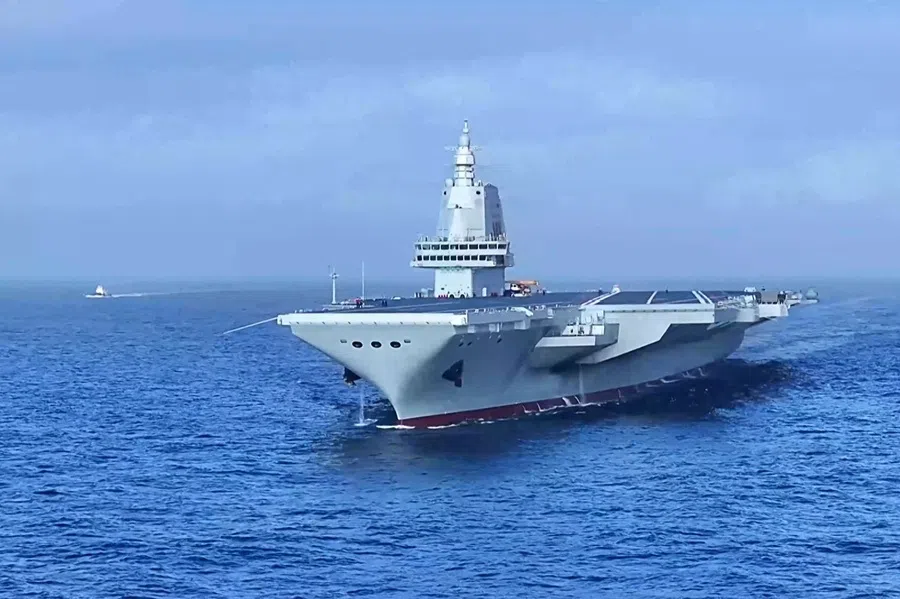How Trump’s ‘peace plan’ could corner China in East Asia
Trump’s leaked ceasefire blueprint for the Russia-Ukraine war is alarming to Europe but carries even bigger stakes for Beijing. A revived Russia could mean that its economic tether to China is loosened, while a US pivot to Asia could deepen China’s tensions with Japan and heighten pressure around Taiwan. Researcher Eka Khorbaladze explains.
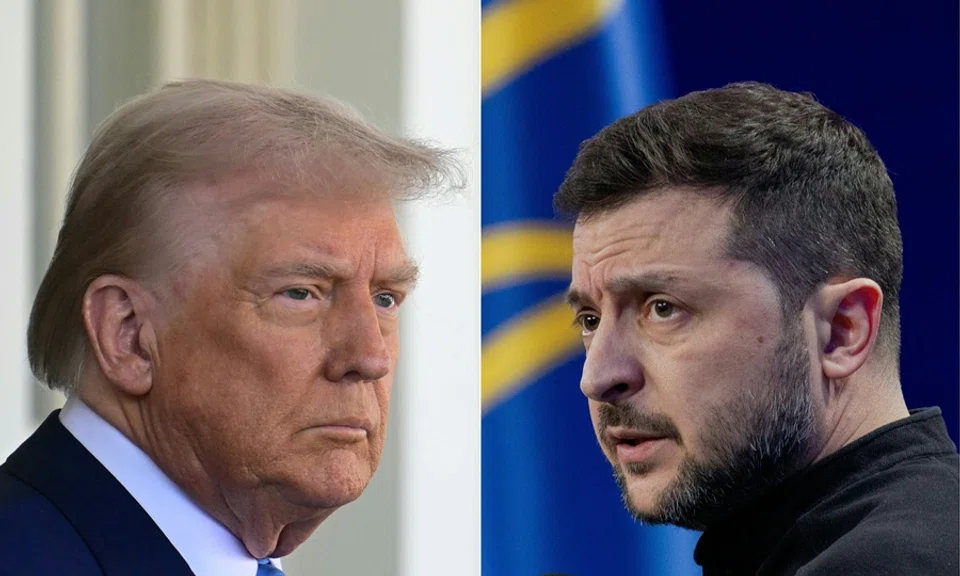
As the frost of a Ukrainian winter deepens, the geopolitical chessboard tilts once more towards Washington. On 20 November, a leaked 28-point framework for ending Russia’s “special military operation” in Ukraine — attributed to President Donald Trump’s administration — ignited a firestorm in European capitals and beyond. Dubbed a “peace plan” by its proponents, the proposal demands Ukrainian concessions on territory, military caps and neutrality, while dangling incentives for Moscow like sanctions relief and a potential G8 return.
Trump’s transactional realpolitik at work
With a deadline of 27 November for Kyiv’s acquiescence, backed by threats to sever US arms and intelligence flows, the plan embodies Trump’s transactional realpolitik: end the “forever war” swiftly, regardless of equity. Yet in Beijing, the reaction has been notably muted — a stark contrast to the clamour in Brussels and Kyiv.
This reticence is no accident. For China, the plan’s ripples extend far beyond the Dnieper, intersecting with its own Ukrainian initiatives, Europe’s hypocritical energy dalliances with Russia and simmering Sino-Japanese tensions. If implemented, the proposal could reshape global power dynamics and alter the geopolitical architecture that has taken form since the full-scale escalation of the Russia-Ukraine conflict in 2022.
At its core, the 28 points are a Russian wish list dressed in compromise garb.
The plan’s genesis traces to August 2025, when Trump hosted Russian President Vladimir Putin in Anchorage, Alaska — a summit shrouded in secrecy but pivotal for aligning “core principles” of resolution. Frustrated by Kyiv’s resistance during Zelenskyy’s Washington visits, Trump shifted from persuasion to coercion. Adviser Steve Witkoff, a real estate magnate turned diplomat, shuttled between Moscow and Kyiv, refining details amid Russia’s escalated strikes on Ukrainian infrastructure post-Anchorage.
The November leaks exposing a corruption scandal involving Zelensky’s close associates, including the energy minister — coincidentally timed with Witkoff’s finalised draft — intensified the pressure on Kyiv. By 22 November, the US had issued an ultimatum to Kyiv: either sign the proposed framework or risk isolation from one of its most important previous supporters.
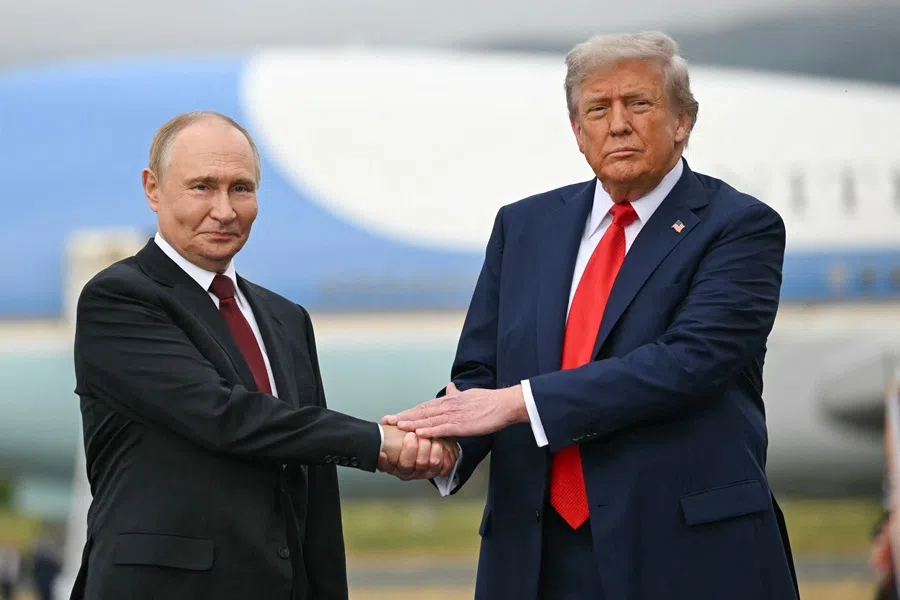
At its core, the 28 points are a Russian wish list dressed in compromise garb. Ukraine must withdraw from contested swaths of Donetsk, shrink its armed forces from 900,000 to 600,000, and foreswear NATO membership — echoing Moscow’s red lines since 2021. In return, Russia gets phased sanctions easing, asset unfreezing and economic reintegration, including a nod to G8 restoration. Putin, ever the tactician, hailed it as a “basis for settlement”, while Zelenskyy decried it as capitulation.
Analytically, the plan is a negotiation starter, not an endgame: its concessions align fundamentally with Russia’s security demands — neutrality, demilitarisation, territorial recognition — making it viable for talks, even if diluted by European amendments. Yet its unpalatability for Kyiv risks entrenching stalemate, underscoring Trump’s gamble on coercion over consensus.
Trump’s plan, by contrast, sidelines Beijing entirely, signalling a potential US-Russia détente.
China watches, Europe wavers
China, no stranger to such diplomacy, watches with the wariness of a stakeholder sidelined. Beijing’s own suggestion for Ukrainian peacemaking came in February 2023, via a 12-point position paper from the foreign ministry. Eschewing specifics, it urged respect for sovereignty, an end to hostilities, resumed talks and post-war reconstruction aid — principles Beijing still invokes.
Unlike Trump’s blueprint, China’s plan was performative: a bid to project “responsible major power” status amid Global South scepticism of Western motives. It avoided condemning Russia’s invasion outright, prioritising “security concerns” for all parties — a veiled nod to Moscow’s narrative. Since then, China has mediated prisoner swaps and grain corridors, but refrained from lethal aid, positioning itself as a neutral broker. Trump’s plan, by contrast, sidelines Beijing entirely, signalling a potential US-Russia detente.
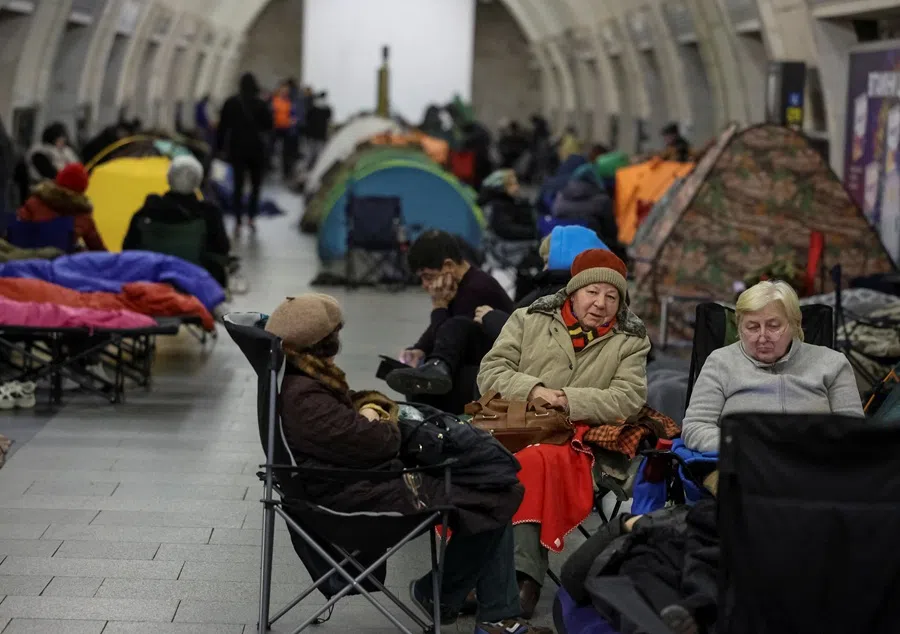
Europe’s response exposes the plan’s deeper fault lines — and its ironies. Brussels vociferously backs Zelenskyy, pledging unwavering solidarity, yet its actions betray ambivalence. In 2024 alone, the EU imported 21.3 billion euros in Russian energy, sustaining Moscow despite sanctions. This includes LNG via “shadow fleets” navigating open European seas, with France, Belgium, Spain and the Netherlands as top buyers. Cumulatively, since February 2022, EU energy imports from Russia exceed 210 billion euros — outstripping the 177.5 billion euros in total aid (financial, military, humanitarian) mobilised by the EU and its members.
Ironically, US Treasury Secretary Scott Bessent remarked, “The Europeans tell me, ‘We’re developing the 19th sanctions package.’ In my view, if you’re doing something for the 19th time, you have failed,” highlighting the ineffectiveness of the EU’s sanctions. Nonetheless, in response to Trump’s proposal, Europe and Ukraine put forward their own plan on ceasefire — a move widely seen as symbolic, given that it is highly unlikely to be accepted or even seriously considered by the Russian side.
Liberated from European entanglements, Trump could shift tacit support for Ukraine toward reinforcing US presence in East Asia...
China stuck between a rock and a hard place
Beijing’s reaction remains characteristically opaque — a blend of official silence and digital sotto voce. The foreign ministry’s latest briefing sidestepped the plan entirely, fielding queries on Japan instead. State media like Guancha.cn offered a single perfunctory article, summarising points without endorsement or linkage to China’s 2023 blueprint. This restraint contrasts with February’s G20 praise for Trump’s “consensus building”, when Foreign Minister Wang Yi lauded US-Russia talks as a “positive step”.
If Trump’s plan is signed, the implications for China are profoundly double-edged. Tactically, it weakens transatlantic unity. Strategically, however, success portends peril for Beijing. A reintegrated Russia — sanctions lifted, G8-adjacent — means that it could loosen its economic tether to China, which imported a record 108.5 million barrels of Russian oil in 2024.
Liberated from European entanglements, Trump could shift tacit support for Ukraine toward reinforcing US presence in East Asia: deploying additional carriers to the Taiwan Strait and strengthening alliances aimed at countering Beijing, particularly in light of deepening US-Japan cooperation, amid a noticeable deterioration in China-Japan relations.
Context of escalating China-Japan tensions
The latest flashpoint erupted on 7 November, when Japanese Prime Minister Sanae Takaichi declared that a Chinese attack on Taiwan would constitute a “survival-threatening situation” to Japan, potentially justifying Tokyo’s military intervention to defend its security interests. Beijing swiftly retaliated, lodging a formal complaint with the United Nations, accusing Japan of meddling in China’s “internal affairs”.
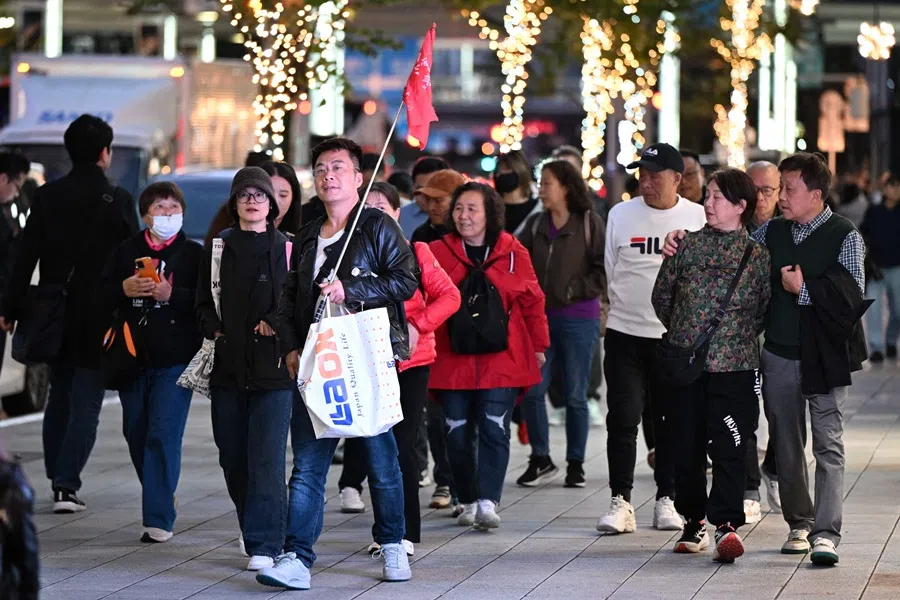
The fallout was immediate and multifaceted: Chinese tourists cancelled hundreds of thousands of trips to Japan following Beijing’s travel advisory; Chinese cruise liners rerouted to bypass Japanese ports; and China halted its recently resumed imports of Japanese seafood, reinstating a de facto ban that echoes the 2023 Fukushima-related embargo. Takaichi’s rhetoric signals Tokyo’s intent for a more proactive, anti-China posture amid US and allied pressures to harden defences.
This tit-for-tat escalation not only strains bilateral ties but amplifies Beijing’s sense of encirclement, as Japan’s assertiveness dovetails with Trump’s potential Asian reorientation.
In riposte, China ramped up military drills encircling Taiwan and patrolling the disputed Senkaku/Diaoyu Islands, while Tokyo accelerated missile deployments in the Ryukyu chain. This tit-for-tat escalation not only strains bilateral ties but amplifies Beijing’s sense of encirclement, as Japan’s assertiveness dovetails with Trump’s potential Asian reorientation.
Long-term implications of Ukraine plan for China
Viewed in a broader context, China’s stance on Trump’s Ukraine plan appears muted, likely because Beijing is preoccupied with issues it deems more immediate, particularly escalating tensions with Japan. In the short term, the proposal is not a priority for Chinese policymakers. Nonetheless, its long-term implications could be highly consequential, influencing China’s strategic calculations and reshaping its broader geopolitical posture.
Trump’s gambit itself represents a high-stakes reshuffle: pressuring Kyiv’s “stubborn weakness”, rewarding Moscow’s “rationality” and cornering Europe. For East Asia, the critical moment is not 27 November itself, but the adjustments and realignments that will follow. China, often characterised by long-term strategic patience, may be less focused on the immediate prospects for peace in Ukraine and more attentive to how the outcomes of this process could affect regional dynamics and its own strategic position.





